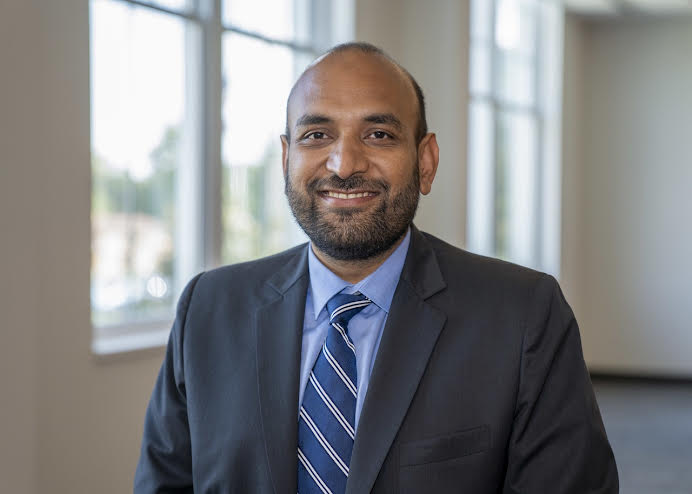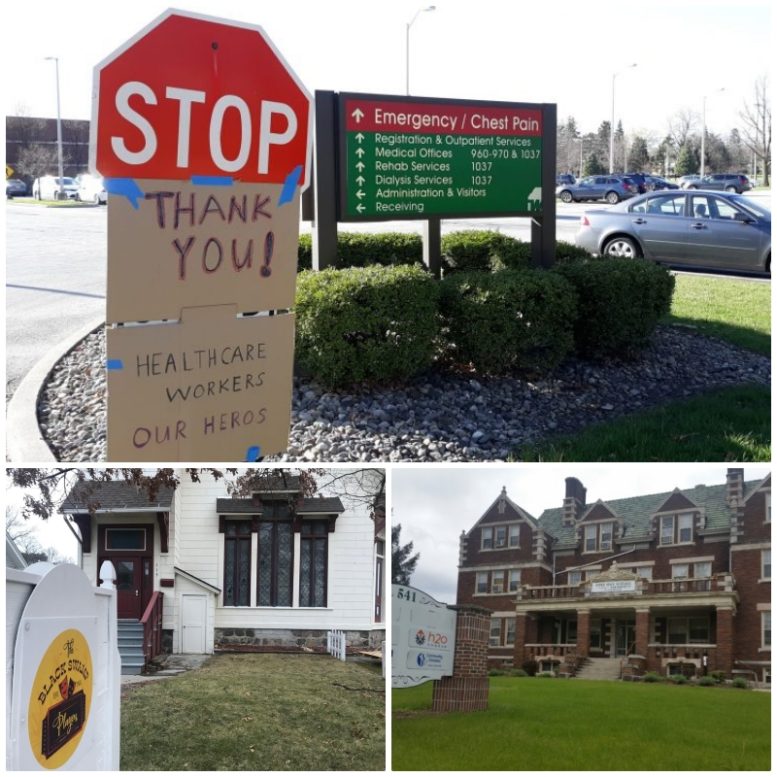By DAVID DUPONT
BG Independent News
Non-profits have bounced back after the pandemic, though there remains uncertainty, a study of Ohio organizations has found.
Professor Abhishek Bhati, of the Department of Political Science, took part in the research study with researchers from Ohio State to look at how non-profits throughout Ohio fared during the pandemic.
The Ohio Nonprofit COVID-19 Study was funded by the Ohio Attorney General Dave Yost, Ohio Association of Nonprofit Organizations, Philanthropy Ohio, and Ohio State. Researchers sent surveys to all 72,000 registered nonprofits in the state. The first were round went out in April 2020, during the first wave of the pandemic. The idea, Bhati said, was to survey nonprofit periodically to gauge the needs of the nonprofit sector during the public health crisis.
The researchers received about 3,700 responses, about 9 percent. That was, Bhati said, less than hoped for – researchers always want more data.

The nonprofits covered the range causes – health, human services, mental health, religious, animal rights, environmental activism and arts and entertainment, as well as a variety of sizes.
Not surprisingly the assessment in first round of responses were grim. “The first results were really distressing,” Bhati said. “They were not able to work. They had concerns about whether they would even be able to run their operations.”
But by August, their fortunes had already started to turn around, he said. And in April 2021, “they came closer to what normal capacity.”
While all experienced this improvement, the brunt of the pandemic didn’t fall equally.
Larger organizations, he said, had greater resources to pivot. They had the technology to shift their board meetings and fund drives to virtual formats – a shift that, he expects, will continue to influence how they do business.
Bhati wonders if those large organizations that sponsored large galas and banquets will return to them. These tend to require a lot of effort and funds to stage, for relatively little return. Online raffles may will be a holdover from the pandemic.
Smaller nonprofits, however, did not have the resources needed to continue, and struggled more, he said. While larger organizations had resources to get by, the impact was greater on smaller groups.
The service provided also made a difference. Nonprofits in health and mental, such as NAMI, were doing more work than before the pandemic. Arts groups, however, could not hold performances, and museums couldn’t host visitors.
The report on the third wave of surveys found that arts organizations “were largely out of commission, while human services nonprofits have been tasked with matching an even higher level of demand than before the pandemic.”
“Overall larger organizations did better,” Bhati noted. “But that said, everyone tried to push harder. We saw resiliency in all nonprofits.”
It’s hard he said to pinpoint one reason for their resiliency.
They did benefit from the Payroll Protection Act.
In follow-up email he wrote: “We did … ask nonprofits if the Payroll Protection Plan (PPP) was helpful. We found that nearly a quarter of nonprofits applied for a PPP loan and the vast majority of those that applied received a loan. The average loan size based on our survey response was just over $280,000.
Still the report found that “13 percent of the responding organizations (383 nonprofits) reported that they have shut down operations indefinitely as a result of the pandemic. These organizations are predominantly arts organizations (159 of them) or very small organizations.”
The fate of the nonprofit sector is important to the economy as a whole.
According to a report from Johns Hopkins Center for Civil Society Studies, the nonprofit sector is the third largest employer in the country employing 12.5 million behind retail trade, 15.8 million, and accommodation and food service, 13.6 million, and just ahead of manufacturing, 12.4 million. In terms of wages generated, it is also the third largest, with $670 billion. Manufacturing is first with $829 billion, followed by professional and technical services, $821 billion.
Wood County is home to 544 nonprofits, 191 of which are located in Bowling Green. The largest in Bowling Green are the Wood County Hospital and the BGSU Foundation.
“They are more than do-gooders,” Bhati said. “They contribute significantly to our economy.”





